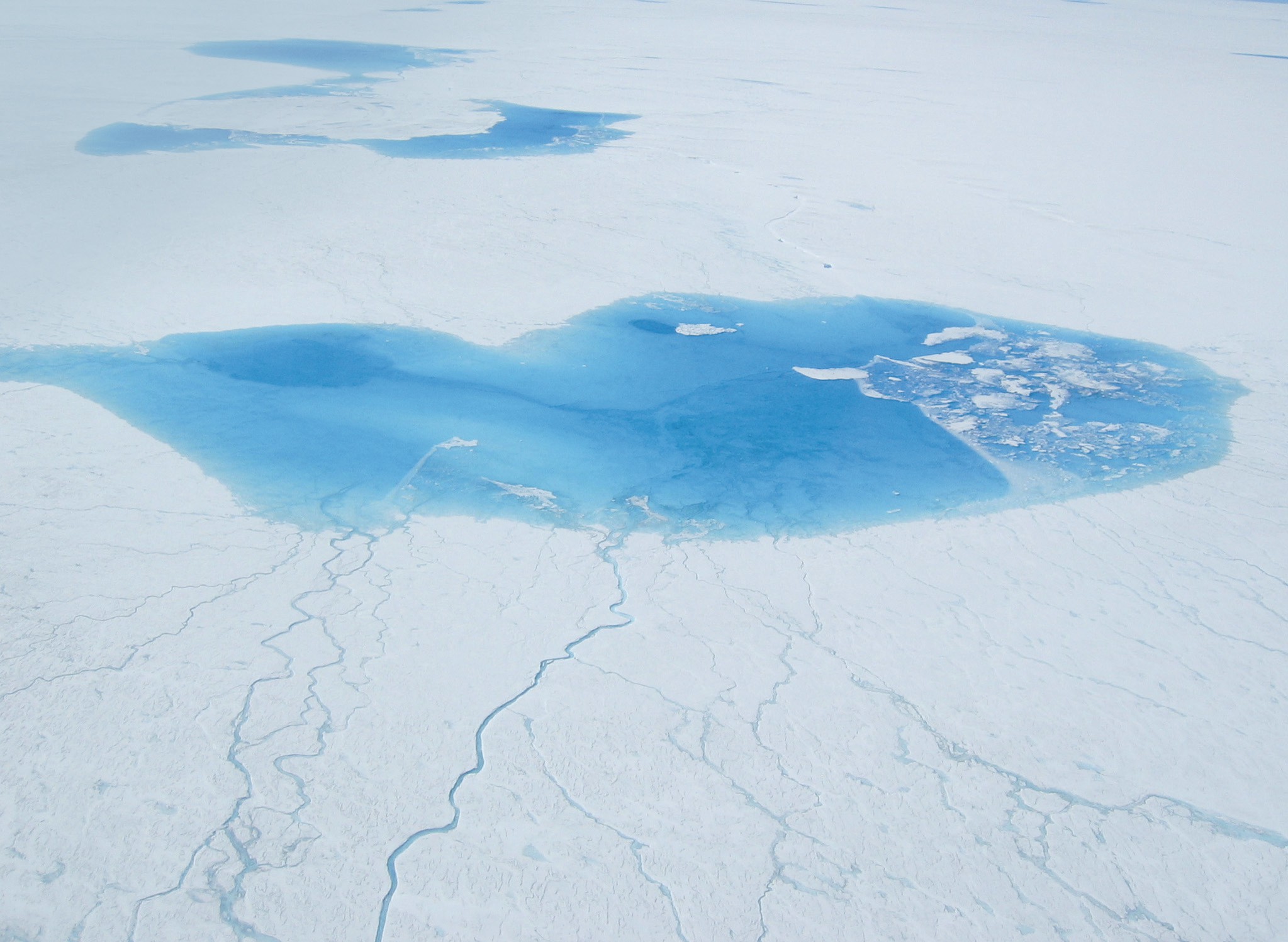
The Greenland ice sheet — that enormous mass of ice stretching from 60 to 85ºN — contains enough ice to raise sea level by up to 7 mif it were all to melt. Such a sealevel rise is unlikely in the very near future but the Greenland ice sheet has now been shrinking for some years. This Poles Apart looks at how the ice sheet is losing mass, the reasons for its decline, and what might happen in the future.
The ‘health’ of any glacier or ice sheet can be described by its mass balance. This is the net difference between gains (snowfall) and losses (melting, calving of icebergs). A glacier with a positive mass balance is gaining mass and growing bigger; a glacier with a negative mass balance is shrinking due to mass loss. Calculating the mass balance is difficult because we need to know about the snowfall over the whole ice sheet, as well as calving and melting rates around the margins. Measurements of these on the ice sheet are difficult, expensive, and it is impossible to make enough measurements on the ground to cover anything more than a tiny fraction of the ice-sheet surface.
Your organisation does not have access to this article.
Sign up today to give your students the edge they need to achieve their best grades with subject expertise
Subscribe




